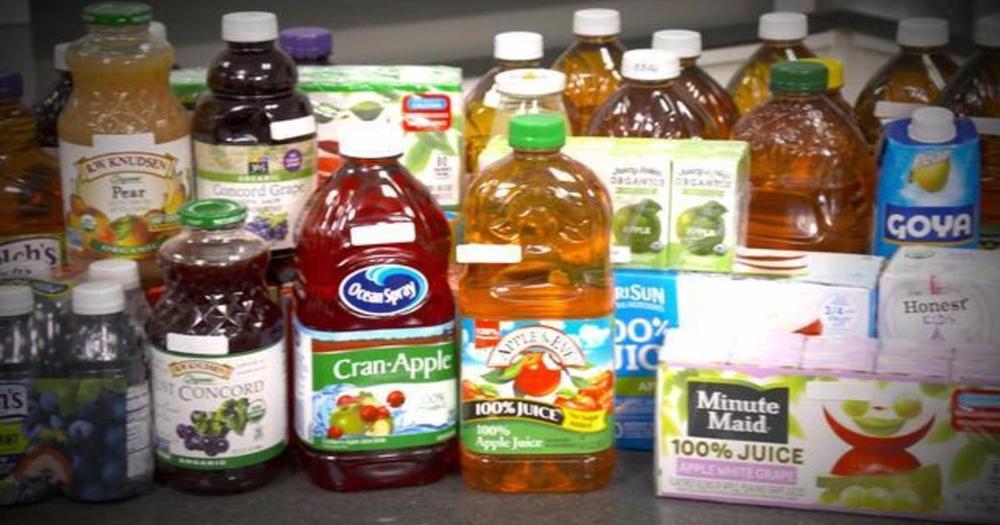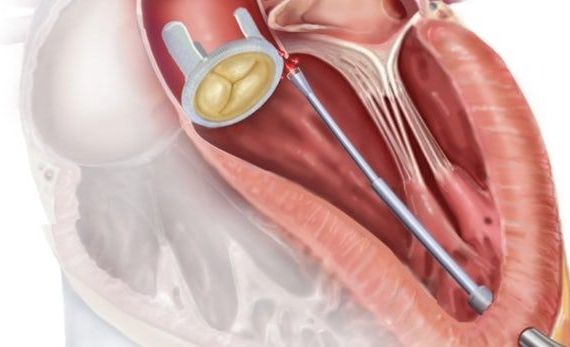The latest version of Toyota’s zero-emissions fuel-cell powered tractor truck was unveiled today in Los Angeles. Developed as part of a joint project with the Kenworth Truck Company, the Port of Los Angeles, and the California Air Resources Board (CARB), the Fuel Cell Electric heavy-duty Truck (FCET) that runs on hydrogen and produces only water as waste is intended to meet or exceed the performance of a conventional diesel truck.







